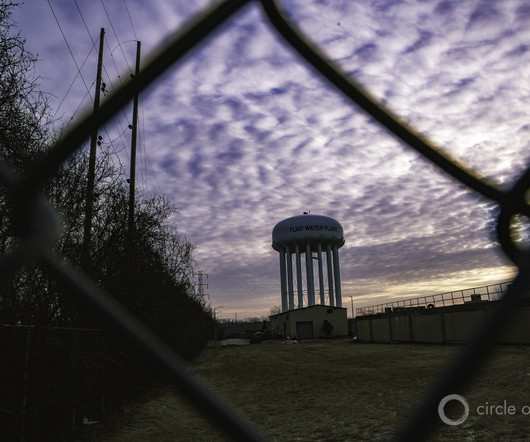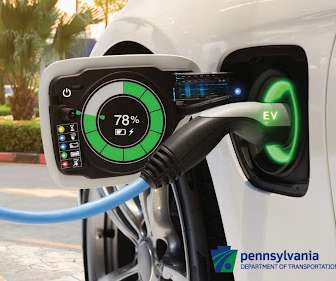What are the environmental impacts of artificial intelligence?
Union of Concerned Scientists
JUNE 25, 2025
One growing conversation in the use or non-use of GenAI is the environmental implications of the technology in every step of its life cycle. These statements overlook who bears these health and environmental costs, and who gets to decide what trade-offs are acceptable. In 2023, it increased to 4.4% (176 TWh) of the total U.S.





























Let's personalize your content